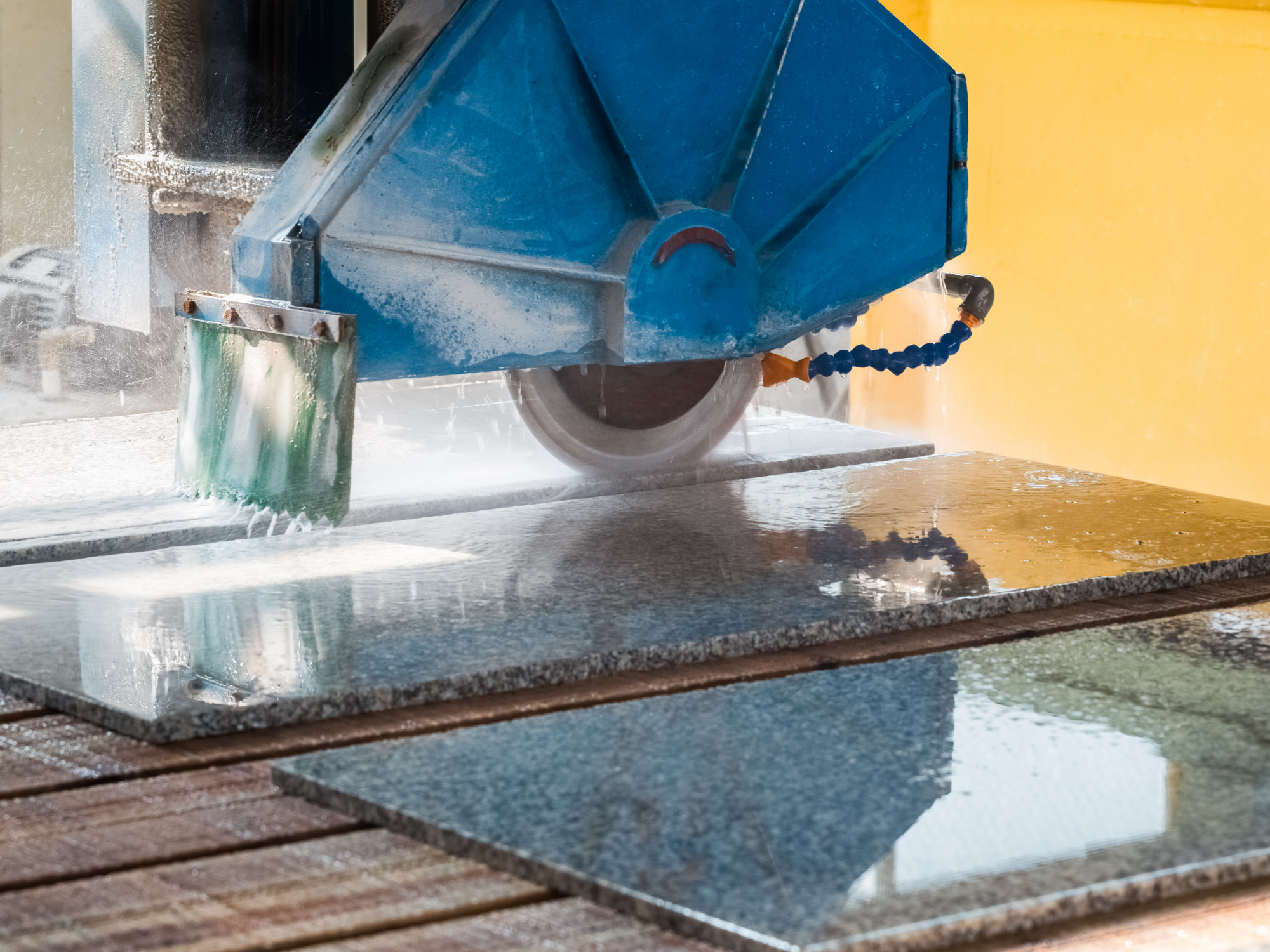A Canberra stonemason is speaking up about the risks of working with engineered stone products after he was diagnosed with chronic simple silicosis at 35 years old.
He explained that he had gotten checked for the diseases after seeing a recent safety campaign on social media and decided to get tested “just to be safe”. He explained to the ABC that his case is not one that is likely to shorten his life but will require regular checkups, limits on exposure and general wellbeing adjustments to safeguard the health of his lungs.
Having worked in the stonemasonry industry for 17 years, he explained that when he first started, “There wasn’t much safety … especially compared to nowadays. I just wasn’t aware … never heard of the silicosis word. Definitely, if I’d heard about it back then, different precautions would’ve been taken.”
Stone benchtops in homes continue to grow in popularity, somewhat fuelling the numbers of silicosis. While most Australian states have introduced stricter exposure standards and begun testing more workers, the laws vary from state to state, as do the testing types and exposure limits.
SafeWork Australia has built a draft national code of practice for silica exposure standards.
“Currently, we have different jurisdictions doing different things and trying to approach this emerging work health and safety risk in different ways,” ACT Work Safety commissioner Jacqueline Agius said.
“We need to approach this in a holistic way. This isn’t just related to the stonemason, manufacturing, engineering stone — many products have silica dust in them.”
Each state has its own approach to silica exposure standards, although many businesses are taking action outside of legislation to improve health monitoring.
One Canberra based business, Pacific Stone, has introduced such monitoring, which includes CT scans and kidney function tests, which are additional screening measures outside of standard chest X-rays.
The business explained that it costs around $850 per worker per year. “I don’t think that’s a high cost to pay to make sure your staff are looked after,” Pacific Stone business development manager Sam Kromar said.
“[But ACT Government support for the testing] is something we would be looking for in the future.”
The business has also introduced significant new safety upgrades at its factory, including a new wet-cutting system. While Mr Kromar has admitted the upgrades have been expensive, he believes it’s more than worth it.
“Money is money but what matters is you go home at the end of the day,” he said. “You don’t want to look back on your career and say that it’s something that killed you. At the end of the day, the duty of care doesn’t just rest with the regulator. It starts at the top of the line with suppliers, runs through commercial construction companies and builders, through to the fabricator like ourselves, to everyone on site.”




